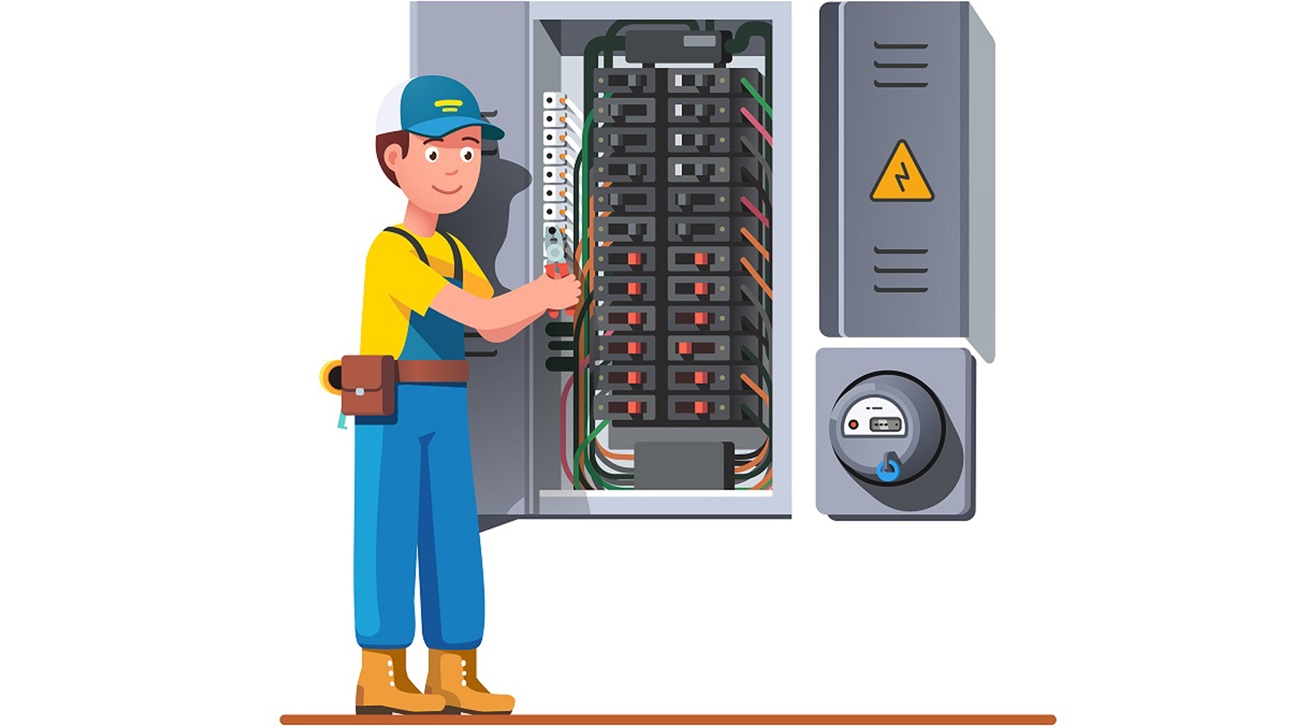Wiring Considerations

Dedicated Space
When possible, consider designating a space on the wall near the electric panel for future equipment such as inverters, batteries, and a production meter. Keep in mind that some jurisdictions have minimum and maximum distance requirements to and from the electric panel and the PV equipment, as well as between the equipment and the floor. Consider designing for this extra space and be sure to mark it on construction diagrams/plans.
If designing in additional space for solar PV equipment, it can be useful to check with the municipality’s local requirements ahead of time to avoid added costs later during construction.
Additionally, providing a dedicated spot for a dual pole solar PV circuit breaker, potentially upsizing the electric panel, can make for an easier wiring job when the solar PV system is installed. For instance, while in the design phase of your new construction project, consider planning for at least a 200 amp service panel as opposed to a 150 amp panel. Consulting early with your electricians can help plan for the home’s future electric features, such as heating and cooling equipment, solar PV, and other appliances. To learn more about electric panel sizing and planning for the connection of possible future solar-related electric equipment, refer to sections 690.1 and 705.12 of the National Electric Code.
Conduit
Another way to prepare for future solar installs is by examining the inclusion of conduit from the attic to the electrical panel, and to wherever the connected equipment (such as inverters or meters) will be.
Consider running conduits to bring wire from the dedicated equipment space to a position near the outdoor utility meter. Be sure to seal these conduits to preserve the home’s air tightness.



